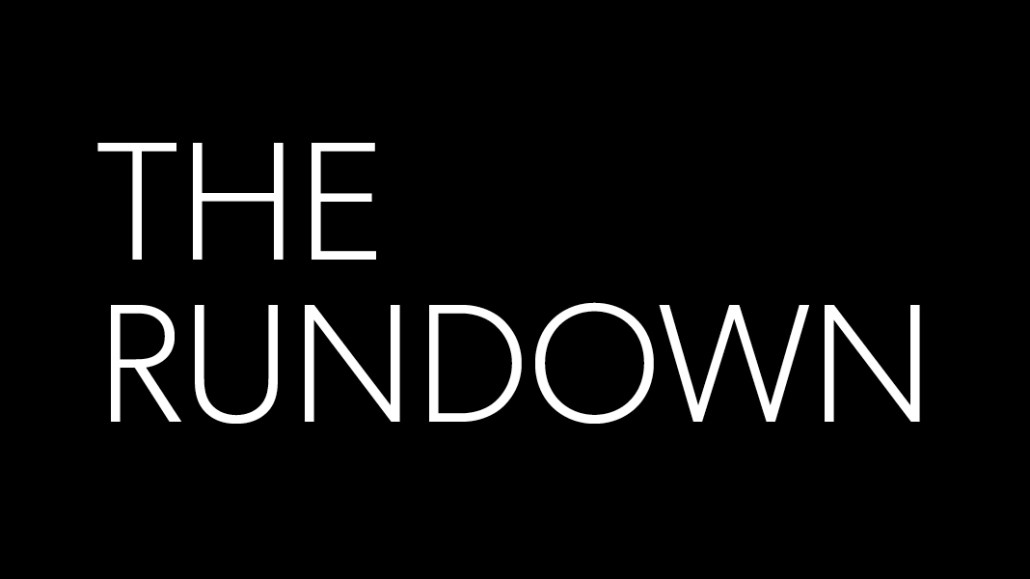
Facebook has grand ambitions in video. Mark Zuckerberg himself has said the feed will be mostly video in a few years, and Facebook is clearly eyeing TV.
But for many video creators, Facebook simply doesn’t measure up when it comes to turning views into dollars. That was a big takeaway from conversations last week at the Digiday Video Anywhere Summit in New Orleans. One publisher termed the monetization on Facebook “terrible.” Said another: “The audience bails when the midroll hits.”
Part of the issue: control. Facebook is giant, so it continues to act as a closed network. That means it doesn’t allow for third-party monetization. Facebook has a tremendous amount of demand, but this holds it back, one publisher complained. This is a similar complaint I’ve heard with Instant Articles, where Facebook is slowly opening to outside monetization capabilities like content-recommendation ads.
Here’s our senior reporter Sahil Patel’s take on Facebook challenges in video monetization:
Publishers involved in Facebook’s mid-roll beta test say they are seeing some revenue from the product — though this early on — dollars are closer to Facebook’s “Suggested Videos,” which many regard as a failure. There’s definitely money to be made if publishers have a certain level of scale, but obviously that’s only a handful of media companies. Even those that are optimistic about the future of Facebook mid-rolls are still struggling with Facebook’s control over the product: Facebook is selling the ads, which sometimes means seeing ads that have very little to do with the content of the video. More importantly, mid-roll partners are seeing a significant drop-off among viewers once the ad loads, which can’t happen in the first 20 seconds of the video. It’s forcing publishers to rethink how they creatively approach Facebook video and produce more longer-form pieces — which is ultimately what Facebook wants.
Coming up in the next issue of Digiday magazine
As I mentioned last week, we will debut our first list: Digiday Changemakers, 50 people making change happen on the ground in digital media and marketing. The 80-odd page issue will have lots more, including:
An homage to the Lumascape, only for Cannes in plotting out the different types of “famous” for that crazy week in the French Riviera.
A profile of Jennifer Wong, the president of digital at Time Inc., as she takes on the big task of reorienting the storied publisher for a digital future.
The case that brands are actually to blame for most of digital media’s problems, from opaque business practices to bad ads to perverse incentives.
The oral history of “Whopper Sacrifice,” a groundbreaking digital campaign CP+B created for Burger King in 2009.
Reminder: Slack Town Hall on Thursday with The Washington Post’s Jarrod Dicker
We kicked off our Digiday+ Slack Town Hall series two weeks ago with a conversation with Dotdash CEO Neil Vogel. You can read highlights here. This week, on Thursday at 2 p.m. ET, we’re welcoming Jarrod Dicker, head of ad product and technology at The Washington Post. Jarrod will discuss why the Post sees tech as a core competency and how it untangles the real from the not-so-real in ad tech.
More in Future of TV

Research Briefing: YouTube commands marketing spend on ad-supported streaming services
In this week’s Digiday+ Research Briefing, we examine how YouTube commands the majority of marketers’ ad placements and ad budgets among ad-supported streaming services, how fewer publishers plan on growing their events business, and how ads are coming to Meta’s Threads platform sooner than expected, as seen in recent data from Digiday+ Research.

Future of TV Briefing: Sneak peek at ‘The Future of TV’ video series
This week’s Future of TV Briefing looks at the upcoming “The Future of TV” video series, which will debut next week and explore the state of the streaming ad industry.

Digiday+ Research: A guide to ad-supported streaming services, from the top platforms to marketing spend
The first installment of Digiday’s two-part series on the top ad-supported streaming services provides an overview of the platforms’ offerings and an analysis of how brands and agencies distribute their ad budgets and ad placements across platforms.





